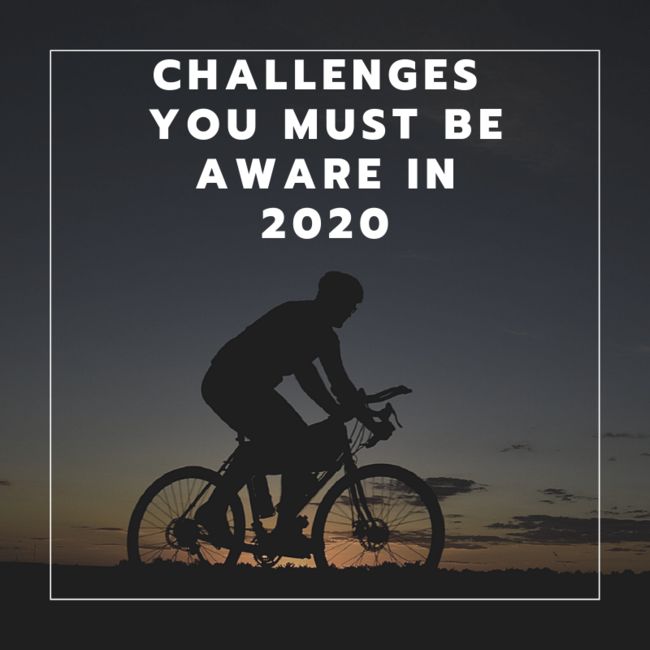Challenge One: Content Distribution System has Changed
Brands normally create attractive content and then distribute those content in different channels like YouTube, TV, Social Media, Magazine, and Radio.
For some channels, many young customers especially the Gen Z are not interested at all. When they drive, they listen music from iPhone; when they watch YouTube, they skip the ads immediately after it runs 5 “long” seconds; when they scan Facebook, they just ignore the ads; when they watch TV, they choose to take a break as the ads show up.
Nowadays,Young customers want to be themselves and promote things in their ways.For example, they like to watch live streaming videos. Me too. I love to watch beauty live videos and learn some good recommendations.
According to 2019 Live Streaming Statistics, 80% of customers prefer to watch live videos from a brand then read a blog. 63% of people aged 18-34 watch live streaming content regularly. 47% of live streaming video viewers worldwide are watching more live videos compared to 2018.
Therefore,if brands want to reach new generation effectively, they need to create new content and choose the channels in the ways that young customers would accept. They could use the new popular words in the content which will make young customers feel you understand them very well.
Challenge Two: Consumer Rating Are Unpredictable
Young customers set different values for different products. They grade a certain products higher and also grade some products lower.
For the same female customer, she may upgrade and downgrade consumption at the same time even in the same product category. For example, she may like to spend hundreds dollars on very expensive Lamer cream; however, she only spends 10 dollars on face wash.
If you ask them why you make your buying decision so unpredictable, they probably don’t have a answer.Young customers make buying decision based on their feelings about the products and brands. It is not always rational. Most time, it doesn’t make any sense. Brands need to think a way to make young customers fall in love with you.
Challenge Three: Word Of Mouth Is Not Always Reliable
Brands love to promote their products through the word of mouth. Firstly, it is free. Secondly, it is effective sometime.
However, word of mouth is not always reliable because brands can’t control what people are saying. Some people may say good things, but others may say some bad things to hurt the brand.
In addition, there are too many information about product reviews and customer experience online. Young customers are more likely to make their own judgement based on their research instead of hearing from other people. Therefore, word of mouth may not work well in the young generation.
Challenge Four: The Channels Are Dispersed
There are more and more channels available out there. Focusing on single channel to distribute products is not good enough to support the rapid growth of a brand. Brands have to develop multi-channel marketing strategy.
For example, many customers are prefer mobile shopping now. According to 2019 Mobile E-commerce statistic, 90% of customers say they use multiple devices to complete everyday tasks, while 40% say they use their mobile device to conduct research prior to making a purchase. 51% of smartphone users have purchased from a company other than the one they originally intended to because of information provided at the moment they needed it. Ensuring the content is relevant, up to date, and easy to find will help brands attract more customers and get more sales.
